Although WW1 set the foundation for tank development, it was WW2 that provided rapid innovation for much of the 20th century. Here is an overview of which of the Big 4 in WW2 had going in development and use.
Britain
The U.K. mostly stuck to the old WW1 doctrine of having 2 distinct classes of tank: Infantry tanks and Cruiser tanks.Infantry tanks were slow, but were heavily armored and armed, designed to open up holes in the enemy line. Meanwhile, Cruiser tanks were fast but lightly armored and often times lightly armed, their job was to replace cavalry and exploit any weaknesses opened up by the Infantry tanks. Aside from a few imports from the U.S., the U.K. had no actual scout tanks, most of their light tanks were built as Cruiser tanks.
Here are several examples of British tanks used during WW2 (more tanks can be found here: http://tanks.net/british-world-war-two-tanks/index.html):
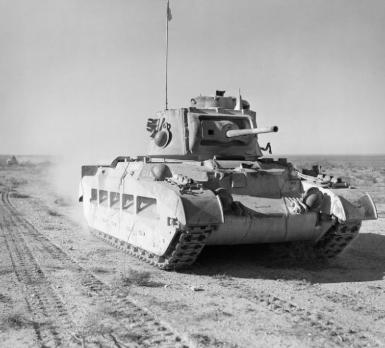
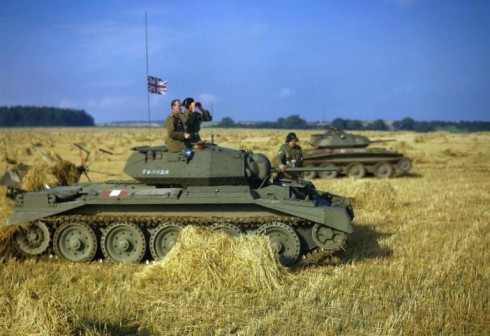
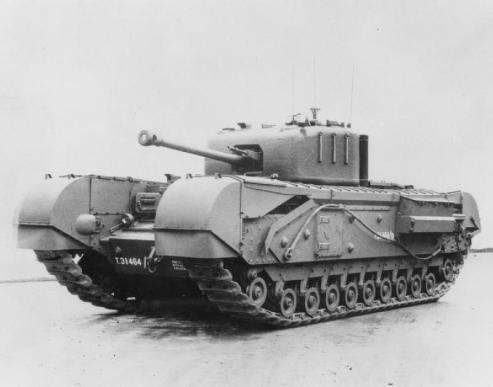
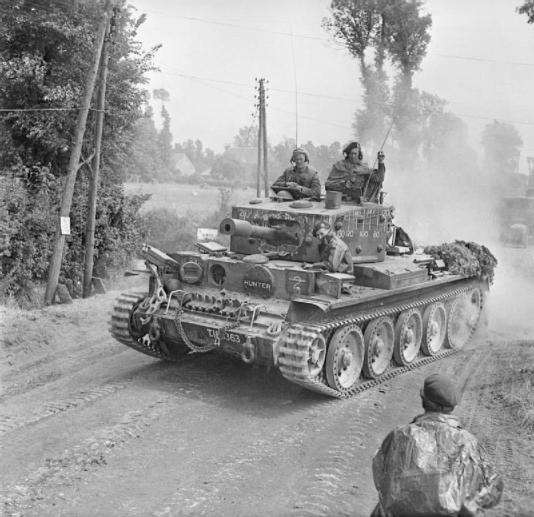
Germany
There isn’t much to say about Germany, aside from the fact that they saved some of their war-time resources by reusing their old Panzer I-III hulls as assault guns, tank destroyers, and self propelled guns. German innovation was extensive and effective–especially in the gun department–but the main thing that sunk them was that their new developments were often resource inefficient to construct and operate (with exception to the assault guns), this certainly did not help when Germany was blockaded. However, whatever they did build often performed very well, (with the exception of the Panther, more on that in a future post)
(More tanks here and on Wikipedia: http://tanks.net/german-world-war-two-tanks/index.html)
Because Germany produced so many tanks, here are just a couple of examples of German engineering:
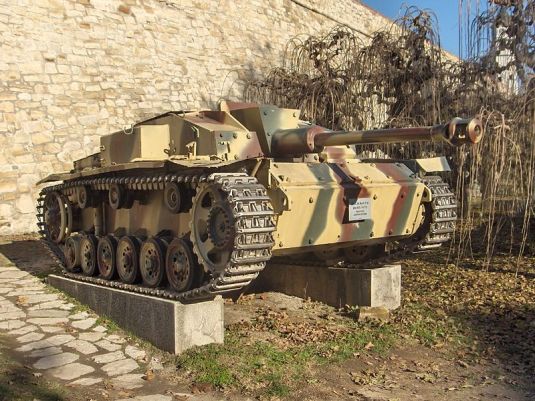
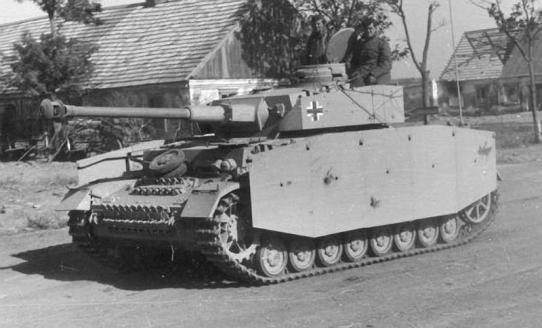
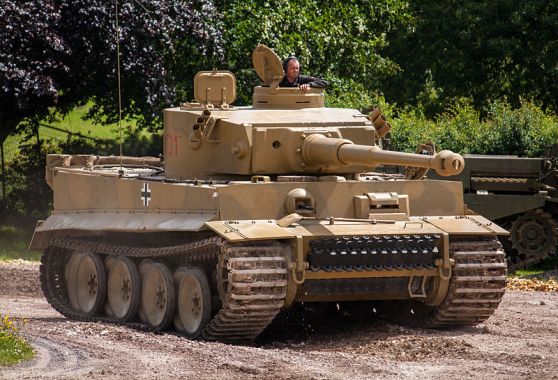
USA
The United States were a bit behind when in the tank department, but when they entered the war they produced tanks in vast numbers that could reliably hit targets while on the move, and were equipped with dual use armaments. A lot of their tanks were issued to the Allies under Lend-Lease.
Be warned that there are a lot of myths surrounding U.S. tanks, will elaborate later.
(More tanks here and on Wikipedia: http://tanks.net/american-world-war-ii-tanks/index.html)
The U.S. was particularly specialized in light and medium tanks, such as these two little beauties.
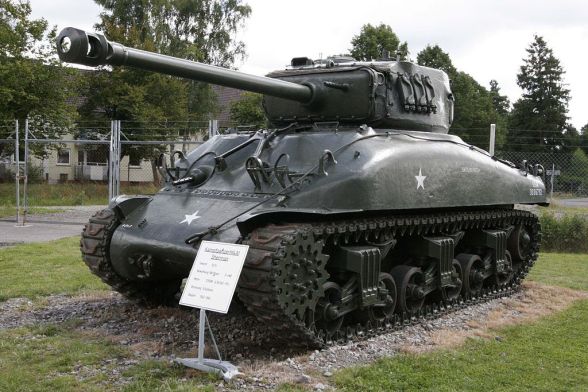
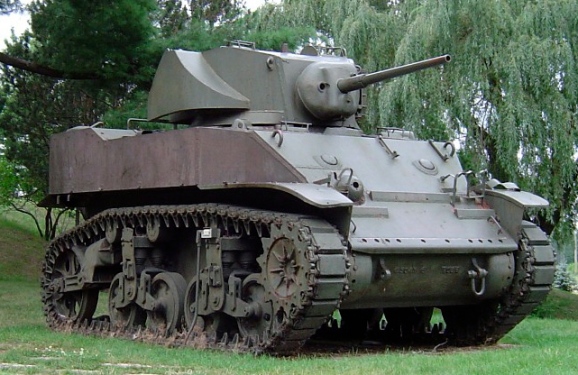
Soviet Union
Vastly underestimated by their German foes, the Soviet Union was a major player in tank warfare, their designs are crude, simple, yet effective…and could be produced in numbers rivaling U.S. Tank production. The Soviet Union’s tanks can easily be identified from which factory each individual tank came from due to small tiny variations in the tank’s construction.
(Other Soviet Tanks can be found here:http://tanks.net/soviet-union-world-war-two-tanks/index.html or on Wikipedia)
Here are 3 examples of Soviet tanks (we might talk about some of these later):
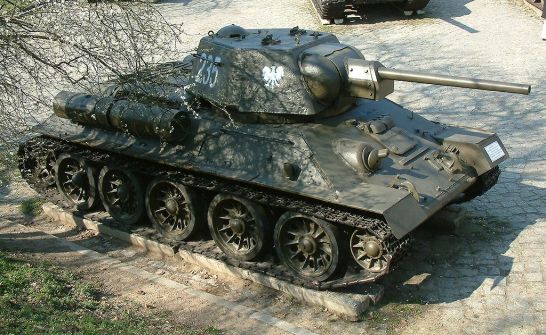
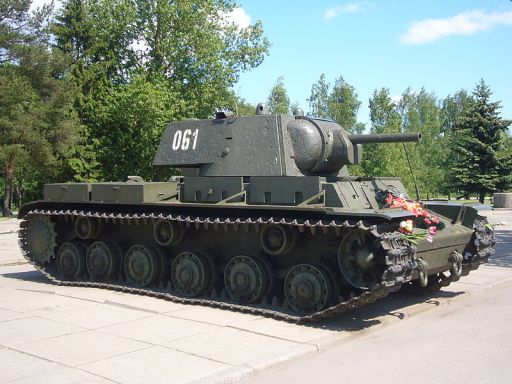
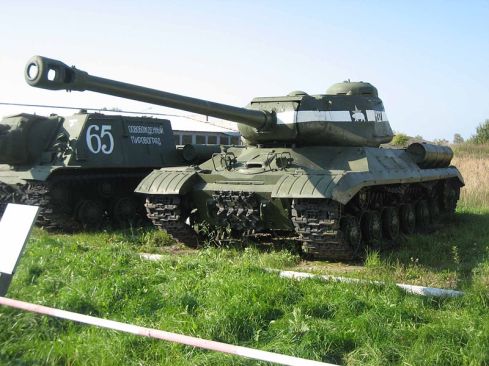
Sources used:
http://tanks.net/tank-history/tank-development-world-war-two.html
http://ww2-germanarmy.conceptbb.com/t119-sdkfz-161-panzerkampfwagen-iv
Images used from Wikipedia
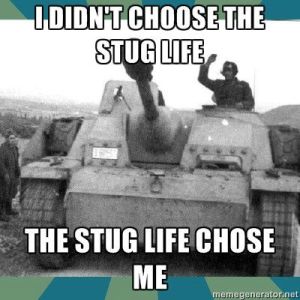
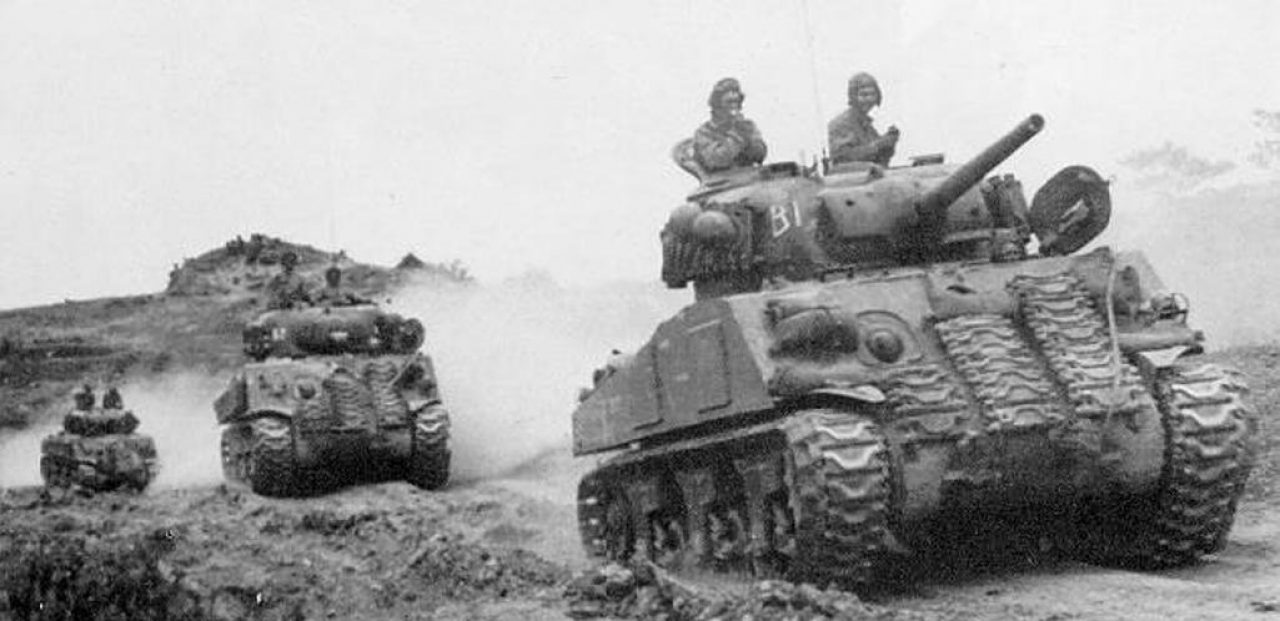
Its quite fascinating how all these countries had their own tanks with several types to serve different purposes. Back then during WW II there were not many defenses against the tanks due to the fact there was a lack of weaponry to combat the tanks via from infantry besides the German hand held Panzerfaust and some hand grenades. Do you think that tanks today still serve a significant roll in the military despite modern day RPGs, tank mines and anti tank rounds?
LikeLike
They still do have a significant role, as both firesupport and to support infantry in an assault. Armor has also improved so that the tank can survive multiple hits from RPGs, tank mines and anti tank rounds to some extent. There are also active countermeasures in development for these newer generation vehicles.
LikeLike